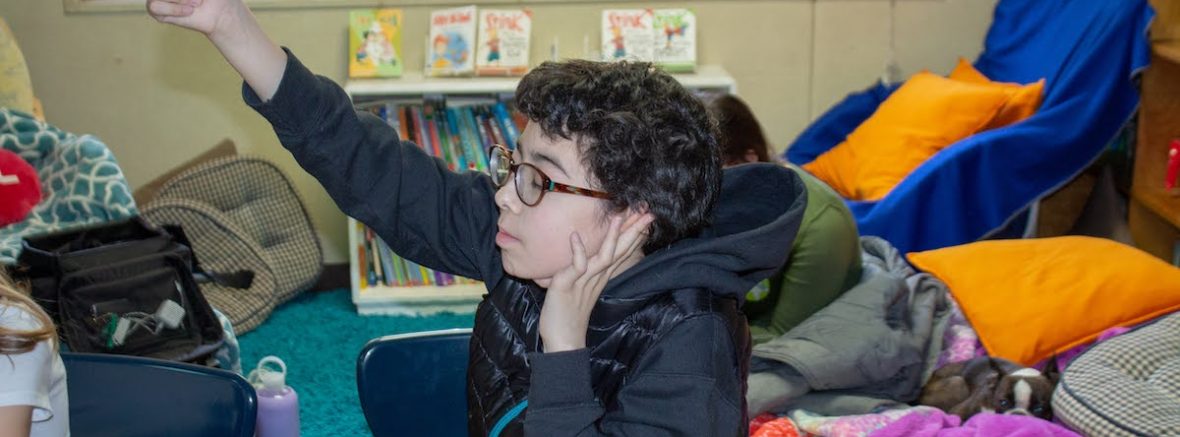May is Mental Health Awareness Month. In the midst of the pandemic, many parents and educators are left wondering how to take care of our own mental health, let alone our children’s. Knowing a bit about how the brain works can help.
There are countless resources and experts sharing important practices, including those we continue to share on Mindful Littles. Yet some of these practices may feel unattainable. The chaos of this period leaves us feeling unable to focus on any one thing. Knowing a bit about the practical nuts and bolts, the why behind the mental well-being practices, can help anchor us.
Why We "Flip Our Lids"
One of the most powerful books I highly recommend for every parent and educator is Dan Siegel’s The Whole-Brain Child. In this book, Siegel and his co-author, Tina Payne, share concrete strategies for helping our kids regulate their emotions. They use the most basic terms to translate what’s happening in our brains.
The most important concept I learned from the book is the critical connection between our upstairs (logical, empathic) brain and the downstairs (survival, fight/flight) brain. It is our upstairs brain (pre-frontal cortex) that helps us regulate our emotions, practice empathy and concentrate.
In children, however, this part of the brain is not yet fully developed. That means the downstairs brain tends to take over (aka amygdala hijacking). When this happens, a process Siegel calls “flipping the lid,” our children enter a state of heightened arousal, which results in tantrums and meltdowns.
Reconnecting the Upstairs & Downstairs Brain
There are very simple strategies we can use to “re-connect” our upstairs and downstairs. These can include breathing practices, naming our feelings, hugging and others. Once the upstairs and downstairs brain are reconnected, the steps forward become much easier to manage.
This simple yet insightful concept helped me look at tantrums and meltdowns in an entirely different way. By reminding myself of what’s happening under the hood, I recognize that there’s very intentional steps we can take as parents to first regulate our emotions. By doing so, we’re often able to avoid power struggles during meltdowns. We can enter a state of calm before we discuss consequences or the best path forward.
It isn’t always perfect, nor does it always work, but knowing a bit more about “brain science” can help us pause consciously. Subtle shifts in our communication and approach are greatly beneficial these days as we grapple with one of the most anxious times our world has ever faced.




Share this: